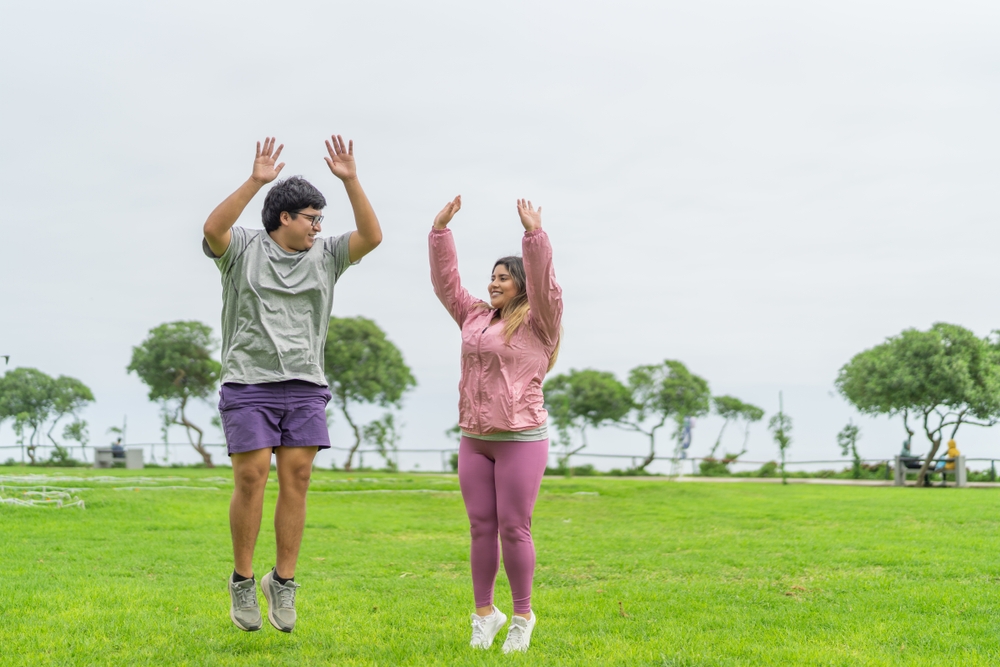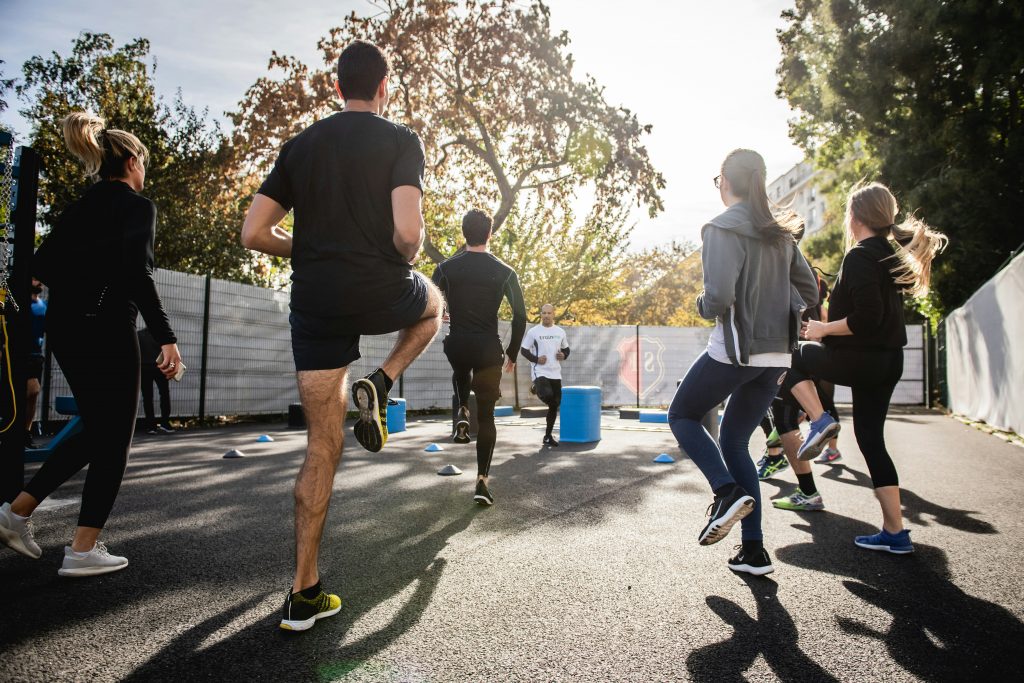
Depression is common in people with type 2 diabetes and may exacerbate the illness’s complexity and make management more difficult (Pinchevsky et al., 2020; Zhuang et al., 2017). Treatment of depression is essential as part of managing diabetes since it not only impairs glycemic control but also raises the risk of subsequent complications (Hermanns et al., 2013). Furthermore, depression-related reductions in motivation may have an adverse effect on diabetes medication compliance as well as self-management practices including exercise and diet (Petrak and Herpertz, 2009).
Treating depression in people with type 2 diabetes is difficult for clinicians because they must strike a balance between their patients’ psychological health and the complexities of diabetes-specific guidelines. Treatment plans involving traditional psychotropic drugs may be complex to manage because of the potential for negative effects on blood glucose levels (Davies, 2019; Brandt et al., 2019).
In the middle of this intricate relationship, physical activity appears to be a potential solution, as it helps people with type 2 diabetes manage their blood sugar levels and simultaneously reduces depression symptoms. Physical activity may therefore provide a strategy for managing mental health issues and diabetes-related problems (Narita et al., 2019).
This systematic review and meta-analysis conducted by Arsh and colleagues (2023) aimed to provide a thorough analyses of the available data regarding the effects of physical activity on depression among people with type 2 diabetes.

This systematic review and meta-analysis conducted by Arsh and colleagues (2023) aimed to explore the effects of physical activity on depression among people with type 2 diabetes.
Method
Six databases, MEDLINE, EMBASE, AMED, CINAHL, PsycINFO, and the Health Management Information Consortium (HMIC), were searched. All were searched from database inception to October 2021, except for HMIC which was searched to July 2021. References lists and systematic reviews in the area were also searched.
This systematic review included individual, or cluster randomized controlled trials. Clinical trials included adults (18 years and above) with type 2 diabetes, regardless of diagnosis method. Clinical depression diagnosis wasn’t obligatory; individuals with type 2 diabetes evaluated for depressive symptoms at baseline and follow-up were eligible. Interventions included any physical activity (aerobic/anaerobic, supervised/unsupervised), alone or combined with other depression management. No restrictions were imposed on session duration or total sessions. Control groups received usual care or no intervention.
Study selection involved two separate stages of screening, title and abstract screening, followed by full-text screening.
The Cochrane risk of bias tool was used to assess the risk of bias, and meta-analyses were carried out using random-effects models in RevMan 5.4.1 software. Subgroup analyses were performed to investigate potential differences in outcomes depending on criteria such as gender, national economic status, depression diagnosis, and research quality. Funnel plots evaluated publication bias.
Results
The literature search retrieved 4,704 records, and 18 randomised controlled trials met the inclusion requirements. 1,428 people participated in the trials, which took place between 2001 and 2021. Most participants (77%) were over 50 years old. Five trials focused solely on either men or women, while most trials (n=13) involved both men and women. Seven trials were conducted in low- and middle-income countries, and eleven were conducted in high-income countries.
Most studies (n = 12) did not specify a clinical diagnosis or severity of depression of the included participants, and the remaining six studies used various methods of measurement.
Regarding the exercise intervention, thirteen studies used physical activity alone, two combined physical activity with cognitive-behavioral therapy, one with behavioral activation, one with dietary measures, and one with cognitive training. Eleven studies employed aerobic exercises, two used resistance exercises, and five used mixed exercises. Ten studies assessed the effects of physical activity on glycaemic control using HbA1c. The majority (n = 16) used usual care as the comparator, while two did not describe the control group’s care. Of the eighteen studies, seventeen reported post-treatment results, with only one reporting one-year follow-up (Vucic Lovrencic et al., 2015).
Meta-analysis results
Seventeen studies with 1,362 subjects (705 in the physical activity group, 657 in the control condition) assessed the impact of physical activity on depression in people with type 2 diabetes. The pooled results from the meta-analysis indicated a significant improvement in depressive symptoms (SMD = -0.57, 95% CI = -0.80 to -0.34). Nevertheless, chi-squared test (P<0.00001) and 12 statistics (74%) showed that there was substantial heterogeneity in the included studies.

This review suggests that physical activity may improve depression symptoms in people with type 2 diabetes and depression, in both high- and low-income countries. Both aerobic and resistance exercise can effectively treat depression.
Subgroup analyses (n=17 studies)
By country
There were significant effects in both high-income and low- to middle-income countries, with an overall effect size of 4.8. In low- to middle-income countries, the standardized mean difference (SMD) was -0.35 (95% CI: -0.60, -0.11). Heterogeneity was low (I2 = 10%, p > 0.35) in low- to middle-income countries but high (I2 = 81%, p < 0.00001) in high-income countries, suggesting variations in study outcomes in the latter.
By participant sex/gender
Physical activity significantly impacted male (SMD = -0.53) or mixed-gender (SMD = -0.66) participants but not in studies with female-only participants (SMD=0.01). Heterogeneity was zero (I2 = 0%, p-value = 0.98) in female-only studies, while it was high for studies with male or mixed-gender participants (I2 = 79%, P value <0.00001, P value = 0.001).
By depression measurement
The intervention was effective irrespective of baseline depression diagnosis, with a greater effect observed in participants without a diagnosis (SMD -0.64 without vs. -0.43 with diagnosis). However, substantial heterogeneity was detected across studies, as indicated by a significant chi-squared test (P < 0.00001) and heterogeneity (I2 = 74%).
By duration
Both short and long durations were effective. Longer durations exhibited a larger effect size (4.83), with SMD values of -0.68 for ≥10 weeks compared to -0.43 for <10 weeks. Despite effectiveness, substantial heterogeneity was observed across the studies, indicated by a significant chi-squared test (P < 0.00001) and heterogeneity I2=74%.
By intervention type
In physical activity alone or combined with other interventions demonstrated positive effects on depressive symptoms. Combined interventions yielded larger effect sizes (SMD -0.71 for combined vs. -0.51 for alone). Both aerobic and resistance exercises were effective, whereas mixed exercises did not show significant effects. However, substantial heterogeneity was present across the studies, as indicated by a significant chi-squared test (P < 0.00001) and a I2 =74% heterogeneity.
By age
A significant effect was observed for both <50 years and ≥50 years, with a larger effect size in younger participants (SMD -0.80 for <50 years vs. -0.49 for ≥50 years). Nevertheless, substantial heterogeneity was evident across the studies, as indicated by a significant chi-squared test (P < 0.00001) and a 74% I2 statistic.
Glycemic control
Of the ten studies included in the review which reported information about glycemic control, nine were included in the quantitative synthesis. All nine studies reported HbA1c as a marker of glycemic control. Heterogeneity was high (I2=76%, p-value=0.21).
Overall, physical activity did not have a significant effect in improving markers of glycemic control (SMD= −0.18; 95% CI − 0.46 to 0.10). Physical activity did not have a significant effect on glycemic control in any of the subgroup analyses.
Conclusion
Findings suggest that physical activity can moderately reduce depressive symptoms in adults with type 2 diabetes. However, it may not significantly improve glycemic control in this population.

This review suggests that physical activity has limited effects in achieving glycaemic control in people with both diabetes and depression.
Strengths and limitations
The study’s sensitivity and subgroup analyses assess the influence of various factors in the relationship between physical activity and depression in individuals with type 2 diabetes. The study offers a comprehensive perspective, considering economic position, gender, and intervention duration.
However, there was substantial heterogeneity in the methods and results of included studies, particularly in the measurement of depression, raising concerns about combining data from studies employing different measurement approaches. Additionally, most studies were rated as low quality in risk of bias assessments. The limited number of studies reporting the effects of physical activity on glycemic control, coupled with unexpected findings of no effect, underscores the potential impact of heterogeneity on results. Lastly, despite utilising broad search terms across various databases, the review may have missed relevant trials, and consideration of pre-print databases could have further enriched the study pool.

There was substantial heterogeneity across the included studies, particularly in the measurement of depression, raising concerns about combining data from studies employing different measurement approaches.
Implications for practice
- This review emphasises the effectiveness of physical activity in alleviating depression symptoms among individuals with type 2 diabetes.
- Despite its efficacy, physical activity remains underused, especially in low- to middle-income countries (LMICs). Unlike commonly prescribed antidepressants, clinicians may overlook assessing or recommending physical activity in routine care in favour of more traditional treatments.
- Integrating such interventions into care plans is complex due to patients’ physical and daily functioning, necessitating a collaborative approach.
- Addressing this gap requires urgent policy implementation to encourage physical activity prescription for depression management in clinical settings.

Integrating exercise into health care plan may be complex due to patients’ physical and daily functioning challenges, necessitating a collaborative approach to care plan development.
Implications for research
We should note the low quality of the individual trials in this systematic review. Most had serious methodological limitations, especially in sample size. These are documented by the reviewers, and evident in the broad confidence intervals, especially in the subgroup analyses.
Research implications from this study include prioritising strategies for implementing exercise plans in routine clinical care. However, ensuring consistent study techniques and reporting standards is crucial for reliable and comparable findings. Considerations like developing Core Outcome Sets for diabetes and mental health research may also enhance future research findings.
Statement of interest
None.
Links
Primary paper
Arsh A, Afaq S, Carswell C, Bhatti MM, Ullah I, Siddiqi N. (2023) Effectiveness of physical activity in managing co-morbid depression in adults with type 2 diabetes mellitus: A systematic review and meta-analysis. J Affect Disord. 2023;329: 448–459. https://doi.org/10.1016/j.jad.2023.02.122
Other references
- Pinchevsky Y, Butkow N, Raal FJ, Chirwa T, Rothberg A. Demographic and Clinical Factors Associated with Development of Type 2 Diabetes: A Review of the Literature. Int J Gen Med. 2020;13: 121–129.
- Zhuang Q-S, Shen L, Ji H-F. Quantitative assessment of the bidirectional relationships between diabetes and depression. Oncotarget. 2017;8: 23389–23400.
- Hermanns N, Caputo S, Dzida G, Khunti K, Meneghini LF, Snoek F. Screening, evaluation and management of depression in people with diabetes in primary care. Prim Care Diabetes. 2013;7: 1–10.
- Davies M. Psychological aspects of diabetes management. Medicine . 2019;47: 131–134.
- Brandt LR, Hidalgo L, Diez-Canseco F, Araya R, Mohr DC, Menezes PR, et al. Addressing Depression Comorbid With Diabetes or Hypertension in Resource-Poor Settings: A Qualitative Study About User Perception of a Nurse-Supported Smartphone App in Peru. JMIR Ment Health. 2019;6: e11701.
- Petrak F, Herpertz S. Treatment of depression in diabetes: an update. Curr Opin Psychiatry. 2009;22: 211–217.
- Narita Z, Inagawa T, Stickley A, Sugawara N. Physical activity for diabetes-related depression: A systematic review and meta-analysis. J Psychiatr Res. 2019;113: 100–107.
- .Vučić Lovrenčić M, Pibernik-Okanović M, Šekerija M, Prašek M, Ajduković D, Kos J, et al. Improvement in Depressive Symptoms Is Associated with Reduced Oxidative Damage and Inflammatory Response in Type 2 Diabetic Patients with Subsyndromal Depression: The Results of a Randomized Controlled Trial Comparing Psychoeducation, Physical Exercise, and Enhanced Treatment as Usual. Int J Endocrinol. 2015;2015: 210406.
Photo credits
- Photo by Towfiqu barbhuiya on Unsplash
- Photo by Jannes Glas on Unsplash
- Photo by Alexander Grey on Unsplash
- Photo by REGINE THOLEN on Unsplash
- Photo by Gabin Vallet on Unsplash
